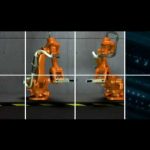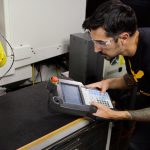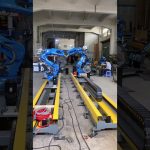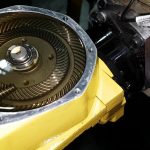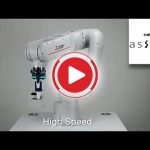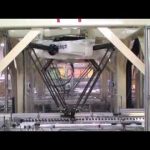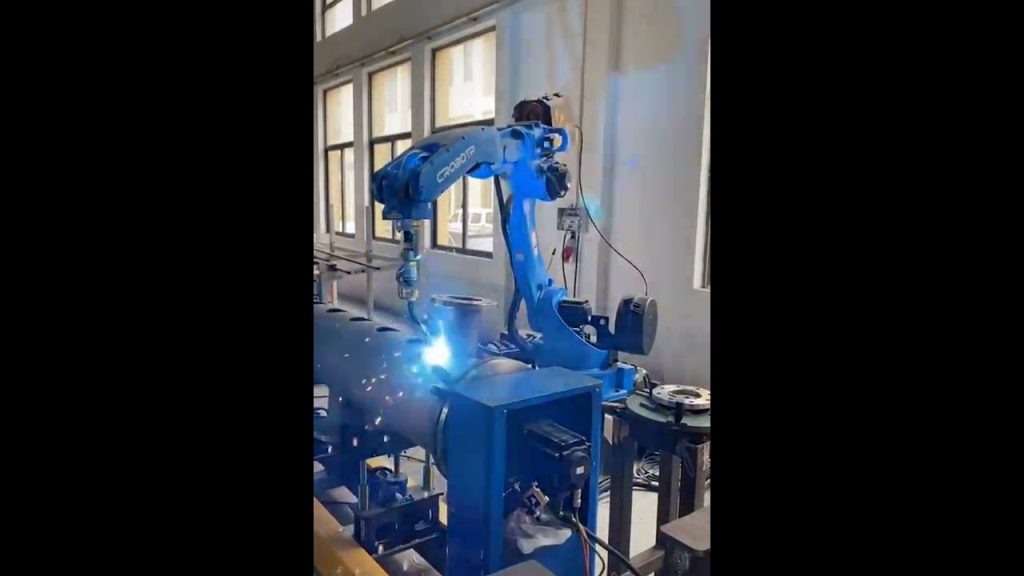Industrial robots have revolutionized the manufacturing industry with their ability to perform repetitive tasks efficiently and accurately. One of the key aspects of industrial robots is their kinematic structure, which determines their range of motion and flexibility. In this YouTube video article, we will explore the concepts of kinematic structures in industrial robots, with a focus on the lecture given by Prof. T. Asokan from the Department of Engineering Design at IIT Madras.
The video lecture titled “Industrial Robot- Kinematic Structures” provides a comprehensive overview of the different types of kinematic structures used in industrial robots. Prof. Asokan explains that the selection of the kinematic structure depends on the specific application requirements and the desired range of motion. He discusses various kinematic structures such as Cartesian, cylindrical, spherical, and articulated robots, highlighting their advantages and limitations.
The Cartesian robot, also known as a gantry robot, is characterized by its three linear axes of motion. It offers precise positioning and is commonly used in applications such as pick and place operations and material handling. The cylindrical robot, on the other hand, has a rotational joint at the base and a prismatic joint for vertical movement. This structure enables it to perform tasks such as welding and assembly in a cylindrical workspace.
Spherical robots, also called polar robots, have a spherical workspace and are suitable for tasks that require a high degree of flexibility and reach. They are commonly used in tasks such as painting and spot welding. Finally, articulated robots, with their multiple revolute joints, offer excellent dexterity and are widely used in applications such as automotive assembly and machine tending.
The video lecture not only explains the different kinematic structures but also delves into their applications. Prof. Asokan discusses how each structure is best suited for specific tasks and industries. For example, Cartesian robots are commonly used in industries such as electronics, automotive, and packaging, where precise positioning is crucial. Cylindrical robots find applications in welding, material handling, and assembly operations. Spherical robots are ideal for tasks that require a wide range of motion and flexibility, such as painting and arc welding. Articulated robots are versatile and can be found in various industries, including automotive, aerospace, and pharmaceuticals.
Industrial robot applications have tremendously impacted the manufacturing industry, improving efficiency, accuracy, and productivity. The use of industrial robots has led to significant cost savings for companies, as they can perform repetitive tasks with high precision and consistency. Moreover, robots can operate in hazardous environments, reducing the risk to human workers.
In conclusion, understanding the kinematic structures of industrial robots is crucial for selecting the right robot for specific applications. Prof. Asokan’s lecture provides valuable insights into the different kinematic structures and their applications. By leveraging the capabilities of industrial robots, manufacturers can enhance their production processes and stay competitive in today’s rapidly evolving market.
Check the coil packing solution with leading manufacturers for the professional solution just here. Industrial Robot
“Exploring Kinematic Structures and Applications of Industrial Robots: Lecture 2.3 Highlights”


